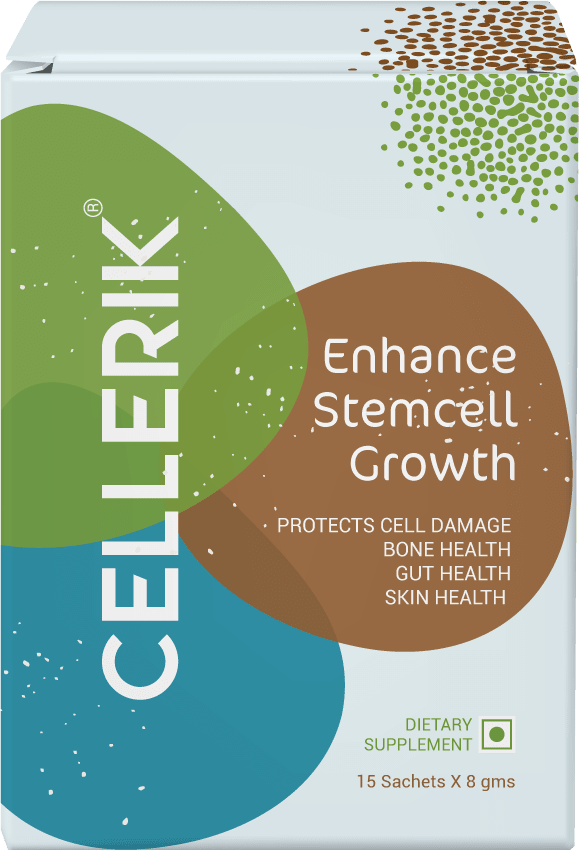Traditional healing systems have long recognised the therapeutic potential of plant-based compounds. These time-tested approaches are experiencing renewed interest as scientific research validates their mechanisms. Modern technology allows us to understand exactly how these ancient remedies work at a cellular level.
Today’s health-conscious consumers seek evidence-based solutions that bridge traditional knowledge with scientific rigour. A reputable natural product company combines centuries-old wisdom with cutting-edge research methodologies to create effective wellness solutions. This approach ensures that traditional healing principles meet modern quality standards and safety requirements.
The Scientific Foundation of Traditional Healing
Ayurvedic Origins Meet Modern Research: Ancient Ayurvedic texts documented the therapeutic properties of numerous herbs thousands of years before modern science could explain their mechanisms. Today’s researchers use advanced analytical techniques to identify the specific bioactive compounds responsible for these effects. This scientific validation helps explain why traditional practitioners achieved such remarkable results with plant-based treatments.
Plants like turmeric, ashwagandha, and moringa appear frequently in traditional medicine systems across different cultures. Their widespread use suggests inherent therapeutic value that transcends geographical boundaries. Modern phytochemistry has identified the active compounds within these plants, explaining their diverse health benefits through measurable biological pathways.
Understanding Bioactive Compounds in Traditional Herbs
Phytochemical Complexity and Therapeutic Action: Modern analytical techniques reveal that traditional herbs contain hundreds of distinct compounds working synergistically. This complexity explains why whole plant extracts often demonstrate superior therapeutic effects compared to isolated compounds. The intricate molecular interactions within these plants create therapeutic profiles that single synthetic compounds cannot replicate.
Research demonstrates that many traditional herbs contain multiple classes of bioactive compounds. Alkaloids, flavonoids, polyphenols, and terpenoids work together to produce comprehensive health benefits. This multi-compound approach aligns with traditional healing philosophy, which emphasises treating the whole person rather than isolated symptoms.
Evidence-Based Validation of Ancient Remedies
Modern clinical trials are systematically validating the therapeutic claims made by traditional healing systems. Peer-reviewed studies published in respected medical journals demonstrate measurable health benefits from traditionally used herbs. These research findings provide the scientific foundation needed to integrate ancient wisdom into contemporary healthcare approaches.
Clinical Research Methodologies: Controlled studies examine how traditional herbs affect specific biomarkers and health outcomes. Researchers use standardised extraction methods to ensure consistent potency across different studies. This rigorous approach allows for meaningful comparisons between traditional use patterns and modern therapeutic applications.
Scientists measure how herbal compounds interact with cellular pathways involved in inflammation, oxidative stress, and metabolic function. These mechanisms help explain the broad therapeutic effects traditionally attributed to specific plants. Such research bridges the gap between empirical observation and scientific understanding.
The Quality Challenge in Modern Herbal Products
Standardisation and Potency Concerns: Traditional healers often used fresh, locally sourced herbs with known provenance and preparation methods. Modern consumers face challenges in identifying products that maintain the therapeutic integrity of these traditional preparations. Quality varies significantly between different manufacturers and extraction processes.
The concentration of active compounds can fluctuate based on growing conditions, harvesting timing, and processing methods. Traditional practitioners understood these variables and adjusted their preparations accordingly. Modern consumers need reliable standardisation to ensure consistent therapeutic effects from commercial herbal products.
Scientific Extraction and Processing Methods
Preserving Therapeutic Integrity Through Technology: Advanced extraction techniques help preserve the delicate balance of bioactive compounds found in traditional herbs. Water extraction, CO2 extraction, and other modern methods can maintain the synergistic relationships between different plant compounds. These technologies ensure that commercial products retain the therapeutic properties documented in traditional use.
Quality control measures include testing for active compound concentrations, heavy metals, pesticides, and microbial contamination. Such rigorous testing protocols help ensure that modern herbal products meet safety standards expected by today’s consumers. This scientific approach validates the quality that traditional healers achieved through careful sourcing and preparation.
Integration with Modern Lifestyle Needs
Contemporary health challenges often differ from those addressed by traditional healing systems. Chronic stress, environmental toxins, and processed foods create health concerns that require adapted therapeutic approaches. Modern herbal nutrition combines traditional wisdom with contemporary understanding of these unique health challenges.
Addressing Modern Health Concerns: Traditional herbs can support the body’s natural defence mechanisms against modern stressors. Adaptogenic herbs help regulate stress responses, antioxidant-rich plants combat environmental damage, and digestive herbs support nutrient absorption from processed foods. This targeted approach addresses specific aspects of contemporary health challenges.
The following benefits demonstrate how traditional herbs support modern wellness needs:
- Stress adaptation through herbs like ashwagandha that modulate cortisol levels and support adrenal function.
- Antioxidant protection from compounds in turmeric and pomegranate that neutralise free radicals from environmental toxins.
- Immune system support through bioactive compounds that enhance natural killer cell activity and T-cell function.
- Metabolic health support from herbs that help regulate blood sugar and cholesterol levels naturally.
Future Directions in Herbal Nutrition Research
Emerging research techniques continue to reveal new therapeutic mechanisms within traditional herbs. Nutrigenomics studies how herbal compounds interact with genetic expression, potentially explaining individual variations in therapeutic response. This personalised approach may revolutionise how traditional herbs are used in modern healthcare settings.
Precision Herbal Medicine: Advanced testing methods may soon allow for customised herbal protocols based on individual genetic profiles and health status. This approach combines the holistic philosophy of traditional medicine with the precision of modern diagnostics. Such developments represent the natural evolution of ancient healing wisdom enhanced by contemporary scientific understanding.
Conclusion
The convergence of ancient wisdom and modern science creates unprecedented opportunities for natural health solutions. Traditional healing systems provide time-tested therapeutic approaches, perhaps enhanced by scientific validation and quality assurance. This integration offers consumers access to effective, well-researched herbal products that honour traditional knowledge. Consider exploring evidence-based herbal nutrition options that combine the best of both worlds for your wellness journey.
